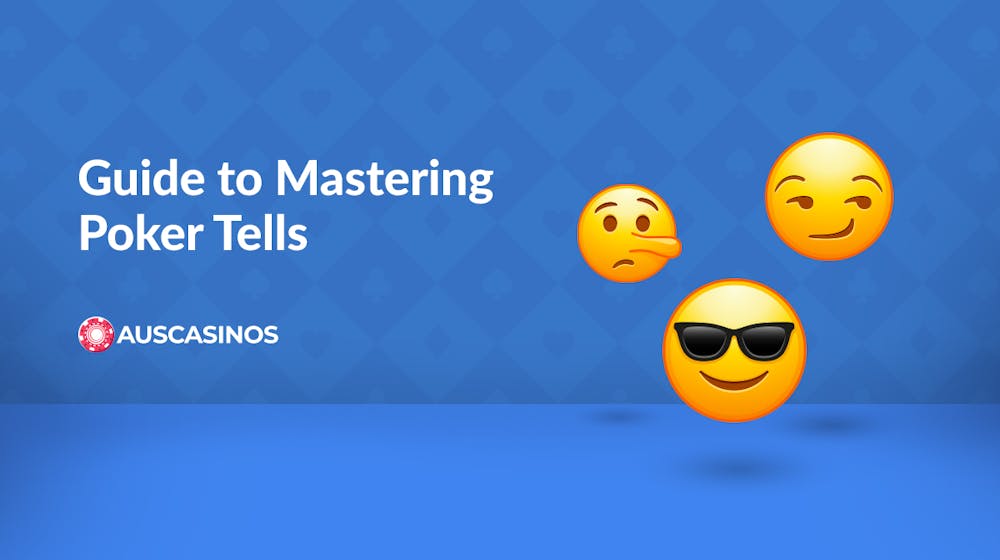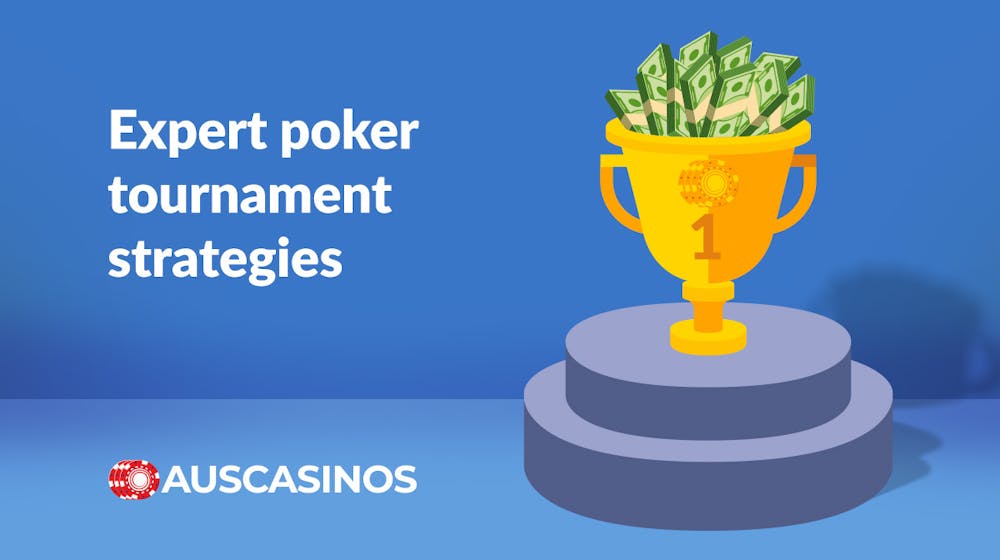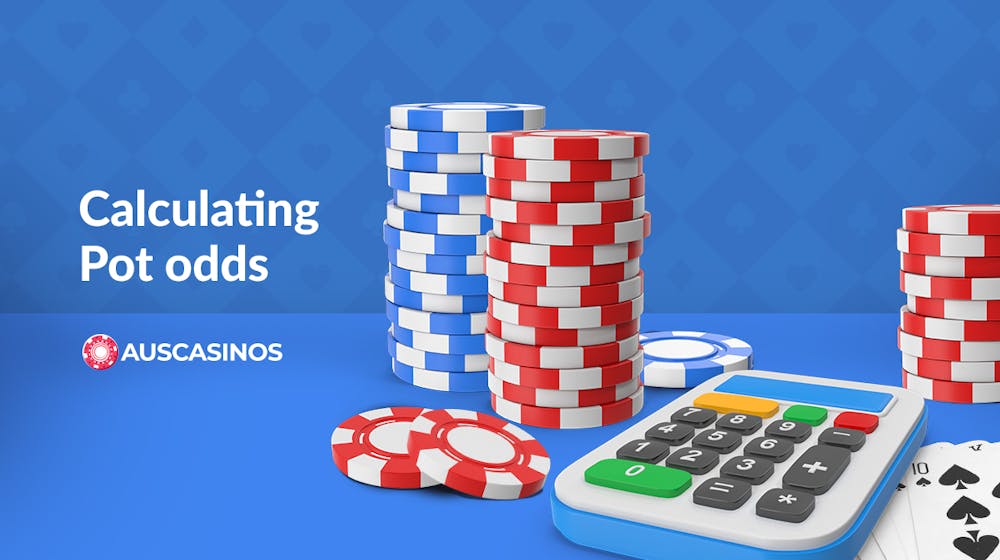Mastering Heads Up Poker: Essential Tips and Strategies for Success


Heads-up poker is poker in its purest form—a high-stakes face-off where it’s just you versus one opponent. With every hand you play, you’re adapting to the moves of a single rival, making heads-up poker a unique way to sharpen your instincts and learn to read your opponent.
In this guide, we’ll walk you through everything you need to know to get started, from basic rules and positioning to key strategies for winning more hands. We’ll also link you to additional guides on foundational poker concepts, so you’ll have all the tools you need to feel confident at the table. Let’s dive in and unlock the essentials of heads-up play!
What is Heads-Up Poker?
Heads-up poker is any game of poker played with only 2 players. While you can technically play heads-up in any poker format, the term “heads-up” usually refers to community card games, like Texas Hold’em or Omaha, where a heads up player must adapt to unique dynamics and strategies.
In heads-up games, the order of the blinds is switched: the player on the button posts the small blind and acts first pre-flop, creating a unique dynamic. Heads-up play can happen naturally when only two poker players remain at a full table, or it can be set up intentionally in heads-up tournaments, which are popular both online and in casinos.
Why Play a Heads-Up Match?
Heads-up poker is a favourite among pros because it’s an intense, skill-focused format that pushes players to their limits. With only one opponent, every hand counts, requiring you to stay engaged, read your opponent closely, and adapt your strategy on the fly.
The mental game is also crucial in heads-up poker, as psychological tactics and the ability to read your opponent can be as important as technical skills. Many experienced players use heads-up to sharpen critical skills like decision-making under pressure, reading tells, and managing aggressive moves—all essential for any poker format.
Benefits of Playing Heads-Up Poker:
- Develop sharper reading skills by focusing on one opponent
- Improve decision-making speed and accuracy under pressure
- Learn to adapt your strategy in real time
- Gain experience with aggressive play and wide hand ranges
- Build confidence in high-stakes, one-on-one situations
Rules of Heads-Up Poker
The basic rules of heads-up poker mirror standard poker rules, but there’s a key difference in how the blinds are positioned. In heads-up, the dealer posts the small blind, while the other player posts the big blind, giving the dealer a slight advantage each hand. Familiarizing yourself with the heads up rules is essential, as they can differ slightly from standard poker rules and impact your strategy.
Blinds and Button Dynamics in Heads-Up Poker
In heads-up, the poker blinds change compared to full-table play. Here’s how it works and why it matters:
- Who Posts the Blinds?
- In heads-up poker, the dealer (or “button”) posts the small blind, and the opponent posts the big blind. This setup contrasts with full-table games, where the small blind is posted by the player immediately clockwise from the dealer and the big blind by the next player to the left.
- Why This Change?
- This adjustment is designed to ensure fairness and balance.If the dealer posted the big blind, they’d face a positional disadvantage in this close, two-player format. Instead, the dealer posts the small blind, sacrificing the larger bet to act last post-flop. Acting last gives the dealer an edge, allowing them to see the opponent’s move first. This position lets the dealer make more informed decisions, enhancing their strategic advantage.
- Why Position Matters in Heads-Up Poker
- In heads-up poker, acting last is crucial. The dealer’s advantage of seeing their opponent’s action first means they can adjust their response based on that move. This advantage isn’t just theoretical—data shows that players on the button (small blind) win roughly 54% of hands in heads-up play, underscoring how valuable it is to act last.
- Impact on Hand Ranges and Strategy
- Because the dealer acts last post-flop, they’re incentivised to play more hands and keep the pressure on. In heads-up poker, hands that might be folded at a full table—like Q-8 or K-5—become playable, especially in the small blind, where the dealer can use position to control the hand. The big blind, on the other hand, needs to be more cautious and selective, often playing defensively and adapting to the dealer’s moves.
The shift in blind roles in heads-up poker is essential for maintaining balance and poker strategy. It allows both players to alternate between acting first and last, with the dealer gaining the edge of acting last post-flop. This positional advantage drives more aggressive and flexible play for the dealer, impacting everything from hand selection to betting strategy.

How to Play Heads-Up Poker: Step-by-Step Guide
1. Posting the Blinds
- Dealer (Small Blind): The dealer posts the small blind, the smaller of the two forced bets.
- Opponent (Big Blind): The non-dealer posts the big blind, setting the initial stakes for the hand.
2. Dealing the Cards
- After the blinds are posted, the dealer shuffles the deck and deals two hole cards face down to each player.
3. Pre-Flop Action
- The player in the small blind (dealer) acts first. They can choose to:
- Call the big blind amount to stay in the hand.
- Raise to increase the bet.
- Fold and forfeit the hand.
- The big blind player then responds with one of three actions:
- Call the dealer’s bet if they raised.
- Raise to increase the stakes further.
- Fold if they do not want to continue the hand.
4. The Flop
- Three community cards are dealt face up in the centre of the table.
- The first action is now on the big blind player, who can:
- Check if they don’t want to bet but stay in the hand.
- Bet any amount within table limits.
- The dealer then responds to the big blind’s action, either matching the bet, raising it, or folding if they don’t wish to continue.
5. The Turn
- A fourth community card is dealt face up next to the flop.
- The big blind player acts first again, choosing to check or bet.
- The dealer then makes their move based on the big blind’s action.
6. The River
- A fifth and final community card is dealt face up.
- The big blind acts first, choosing to check or bet.
- The dealer then responds accordingly, making the final decision of the hand.
7. Showdown
- If both players are still in the hand after the river betting round, they reveal their hole cards to determine the winner.
- The player with the highest-ranking five-card hand (combining hole cards and community cards) wins the pot.
- If a player folds at any point, the remaining player automatically wins the pot without a showdown.
[/step-by-step]
Odds in Heads-Up Poker
The odds and hand values shift in heads-up poker versus a full table game, where strategies and dynamics differ. With only two players, hands are more likely to reach the flop, turn, and river, making weaker hands more playable.
Middle pairs or high cards, like King-9 or Ace-4, gain value and are more playable in heads-up games. Even a low hand, like 3-2 off-suit, has around a 29% chance of winning pre-flop in heads-up. This difference in odds supports an aggressive play style where typically weak hands gain strength in heads-up poker.
| Hand Type | Heads-Up Winning Odds | Full Table Winning Odds | Explanation |
|---|---|---|---|
| High Pair (e.g., Aces) | 85% | 31% | Strongest hand pre-flop; dominates nearly all other hands in heads-up but faces more competition at a full table. |
| Medium Pair (e.g., 7-7) | 76% | 17% | Solid heads-up hand, but significantly weaker at a full table where opponents may hold higher pairs or high cards. |
| Low Pair (e.g., 2-2) | 60% | 12% | Stronger heads-up, especially against unpaired hands, but vulnerable in full-table play to overcards and stronger pairs. |
| Ace with High Kicker (e.g., A-K) | 65% | 19% | Strong heads-up hand against most, but in full-table play it risks more competition with other pairs or strong aces. |
| Ace with Low Kicker (e.g., A-5) | 55% | 13% | Decent in heads-up; however, this hand can lose value at a full table due to kicker issues and increased likelihood of stronger hands. |
| High Card Suited (e.g., K-Q suited) | 50% | 14% | Heads-up, suited high cards are strong contenders. At a full table, the potential for stronger hands reduces its power. |
| High Card Off-Suit (e.g., K-Q off-suit) | 48% | 11% | Competitive heads-up, but considerably weaker at a full table due to vulnerability to pairs and high kickers. |
| Medium Card Suited (e.g., 9-8 suited) | 47% | 8% | Viable heads-up, offering straight and flush potential, but has low chances against multiple players at a full table. |
| Low Connectors (e.g., 5-4 suited) | 40% | 6% | In heads-up, this hand holds some potential for flushes/straights; in full-table play, it’s usually folded pre-flop. |
| Worst Hand (e.g., 2-3 off-suit) | 29% | 2% | Minimal heads-up chances but still playable; nearly irrelevant in full-table games due to high vulnerability. |
Strategies for Winning in Heads-Up Poker
Play a Wider Range of Hands
Stay Mentally Engaged and Focused
Adopt a "Calling Station" Approach Against Aggressive Players
Bluff More to Gain an Edge
Track Your Stack in Terms of Big Blinds
Observe Opponent’s Style in the First Few Hands
Mix Up Your Own Style to Stay Unpredictable
Steal Small Pots to Build Momentum
Go All-In Confidently When Necessary
Betting in Heads-Up Poker
More Frequent Betting and Raising
In heads-up poker, you’ll need to bet and raise more often to put pressure on your opponent. Since there’s only one other player, checking or calling too frequently can put you at a disadvantage. Regular, aggressive betting is essential to maintain control and prevent your opponent from taking initiative.
Continuation Betting (C-Bet) as a Key Strategy
Continuation betting, or following up a pre-flop raise with a bet on the flop, is a cornerstone in heads-up play. Betting on the flop after a pre-flop raise reinforces the impression of a strong hand. This can force folds from cautious players and keep you in control of the pot.

Smaller Bet Sizing (Small Ball Poker)
Heads-up players often use smaller bets, typically between 40% and 70% of the pot, to avoid risking too many chips on each hand. This “small ball” approach keeps pots manageable while allowing you to keep the pressure on without committing too much if you need to fold.
Bluffing and Semi-Bluffing Opportunities
With only one opponent, bluffing becomes more effective in heads-up poker. Watch for weakness, such as frequent checks or hesitation, and consider bluffing to steal the pot. Semi-bluffs, where you bet on a drawing hand that has potential to improve, are also valuable, as they allow you to win if your opponent folds or if your draw completes.
Importance of Value Betting
Value betting—betting when you believe you have the best hand—is crucial in heads-up. With no other players, opponents have wider hand ranges, often calling with weaker hands, allowing you to extract more value.

Adjusting to Opponent’s Betting Patterns
Paying close attention to your opponent’s betting habits is critical. If they frequently raise pre-flop but check on the flop, it may indicate they’re bluffing or weak. Adapting your betting in response to these patterns can help you make better decisions and exploit their tendencies.
Position-Sensitive Betting
Betting strategy in heads-up poker is highly position-sensitive. Acting last (as the small blind post-flop) gives you valuable insight into your opponent’s moves. This allowing you to adjust your bet size accordingly. When you’re in position, you can make smaller bets to control the pot or larger ones to put your opponent under pressure.
Endgame Betting for Short Stacks
If stacks are short, heads-up often becomes an all-in or fold game. Aggressive pre-flop betting and early all-ins with strong hands apply pressure when chip stacks are low in heads-up play.
Heads-Up Poker vs. Full Table Poker
Heads-up poker is an intense, fast-paced format that demands constant engagement from a poker player with a single opponent. With a higher chance of seeing the flop and more aggressive play styles, heads-up requires adaptability and a keen eye for reading the opponent’s tells.
In contrast, full-table poker is typically slower and more methodical, with players folding weaker hands pre-flop and focusing on table dynamics rather than single-opponent reads.
Fact
In heads-up poker, players have a 76% chance of seeing the flop, compared to just 30% in a full table game, highlighting the more aggressive nature of heads-up play.
| Aspect | Heads-Up Poker | Full Table Poker |
|---|---|---|
| Number of Players | 2 | 6-10 |
| Aggression and Play Style | Higher aggression; wider range of hands played, even with mid-strength hands like Q-7 or J-8. | Lower aggression; tighter range, with more selective hands played. |
| Hand Strength | Hands like King-9, Ace-7, or even J-8 are more playable due to the one-on-one format. | Stronger hands like Ace-King, high pairs, or suited connectors are preferred due to the larger player pool. |
| Chance of Seeing the Flop | 76% of hands go to the flop, due to the open and aggressive nature of play. | Only 30% of hands reach the flop, as players often fold weaker hands pre-flop to avoid tough positions. |
| Psychological Focus | Heavy emphasis on reading and adapting to a single opponent’s habits, making psychology crucial to success. | Focus is spread across multiple players; reading specific opponents is less critical due to varied interactions. |
| Pace and Focus Required | Fast-paced and highly focused, as each hand directly impacts results. Constantly shifting gears based on the opponent’s moves. | More time to observe, wait, and study other players’ styles; strategic patience is more viable. |
Online Heads-Up Poker
When it comes to heads-up poker in the digital realm, you've got a world of options at your fingertips.
Online poker sites serve as your virtual poker playgrounds, where you can join tables and test your skills against opponents from around the globe.
The advantage is that you have heaps more freedom to choose a cash game that makes sense for you.
Hand trackers and calculators offer insights into gameplay and opponents' tendencies—use them wisely for an added edge.
Other Poker Guides
Conclusion
Now that you’ve explored the essentials of heads-up poker, you’re ready to give this exciting format a shot. Remember, heads-up is all about staying adaptable, keeping an eye on your opponent, and making the most of every decision. Whether you’re here to refine your skills or just try something new, heads-up poker is a perfect training ground.
Keep practicing, stay confident, and have fun with it! And don’t hesitate to revisit our other poker guides for tips on everything from hand rankings to advanced bluffing techniques. Each game is a chance to learn and level up, so enjoy the journey and good luck at the tables!
Heads Up Poker FAQs

Emily is our seasoned content writer. She writes easy to read and helpful game guides, so you can quickly understand the rules of each game and get some useful tips that can help boost your chances of winning.
Read more about the author








